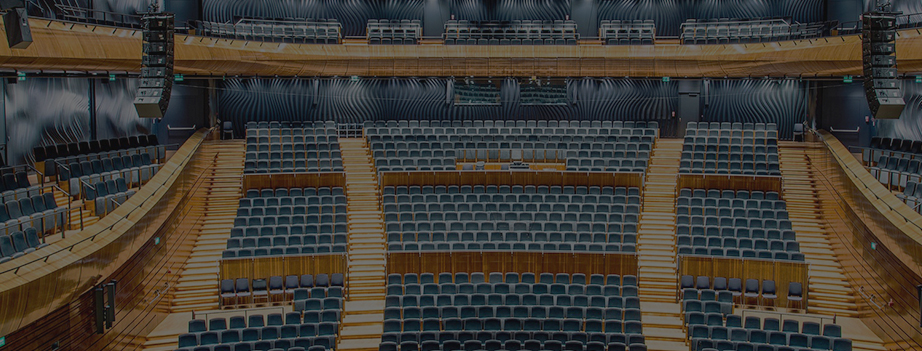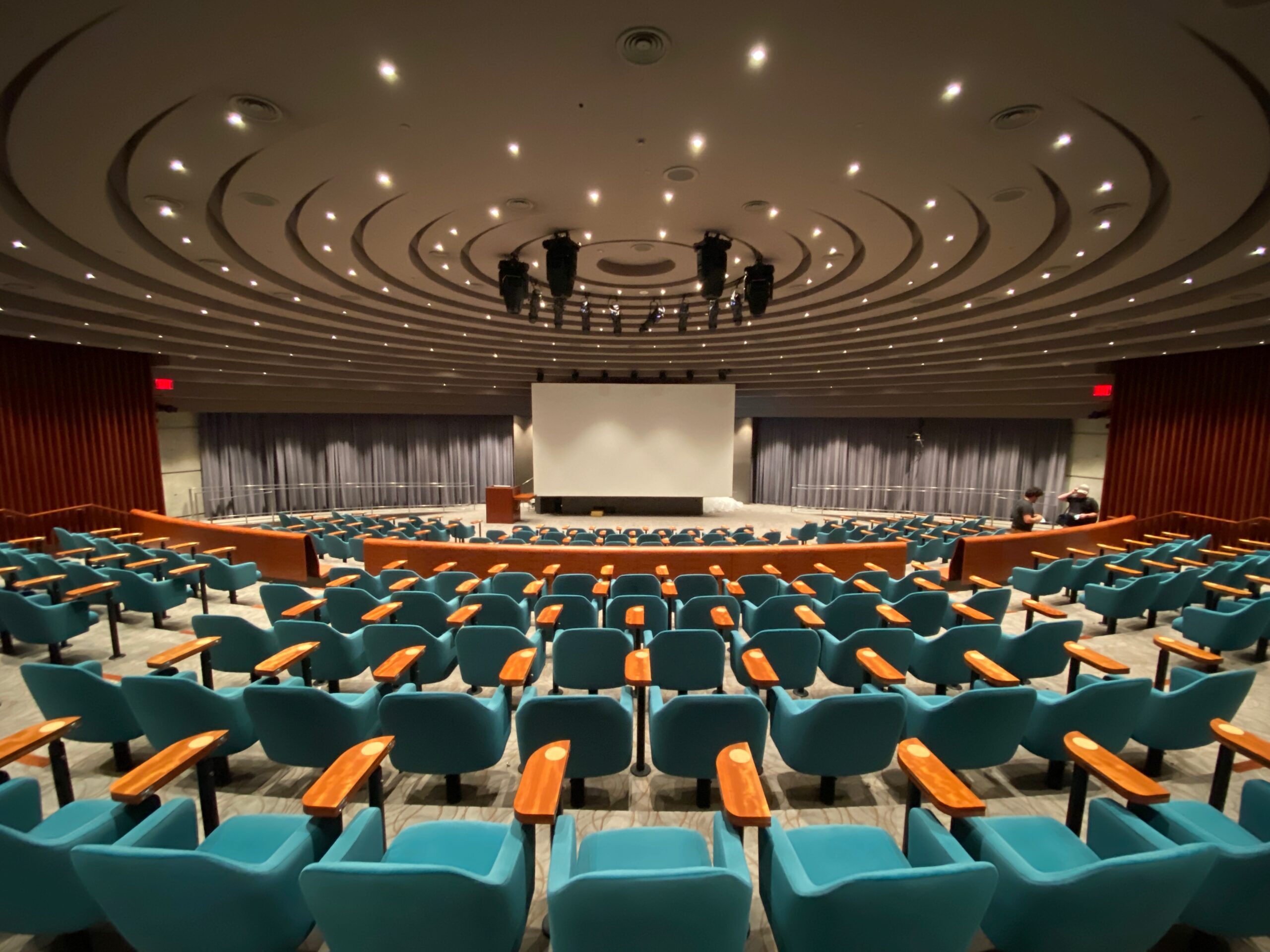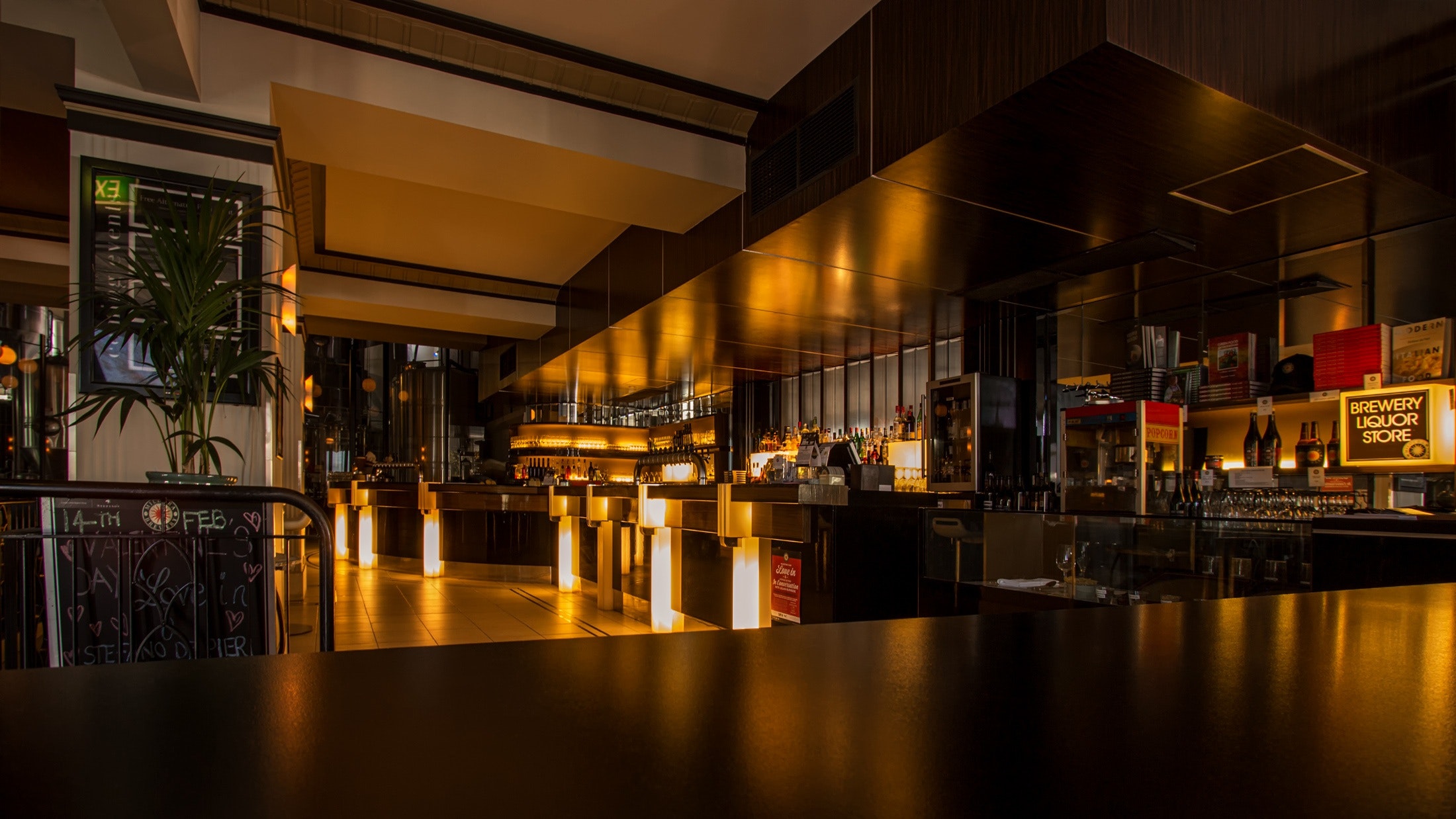
As a full-service design-build integration firm that provides all types of customized lighting, video, audio, rigging, acoustics, curtains, networking, and controls solutions, people often ask us, “When is the right time to involve integration professionals in a building project?”
Our answer to that question is most often influenced by the parameters of the project in question, as well as where it stands in its overall progress. We’ve provided our creative efforts to supply turnkey solutions to many commercial, educational, cultural, religious, performance, entertainment and corporate venues — often while working with architecture firms. So, we’re confident our unique perspective can help building owners, project managers, architects and other professionals tasked with overseeing major projects better appreciate what’s involved when hiring integration professionals.

Whether it’s the completely new construction of a theater or the upgrading of a house of worship’s lighting and audio systems, every project has a budget. Unfortunately, some people are convinced that the best way to save a few dollars is to shop around for the cheapest way of getting the AVL design-build they’re looking for. Of course, any competent AVL professional fully respects a client’s budget. But when you bring an experienced integrator in on a project in its early stages, it often enhances the quality of the finished product, as well as the work of other contractors involved, such as electricians and carpenters.
Clearly, as soon as you know your project requires some amount of designing and installing new AVL equipment, you’re best advised to involve an experienced design-build AVL team with a proven track record. This can help you avoid future issues that could result in a time or cost overrun. For instance, before you finalize any decisions involving electrical systems and physical layouts, a professional integrator can share insights about AVL performance issues while the process is still in the design phase. That way, you can avoid potential problems before the installation work begins.
In some cases, AVL professionals work independently from architecture firms. Indeed, the results can be striking. Take, for example, Our Lady of Montserrat Chapel in Seattle, WA, where both architects and AVL specialists worked individually on the new construction of this award-winning, aesthetically pleasing design.
However, for architectural firms that produce drawings, finalize designs and create the physical accommodations for AVL systems, it can help tremendously to coordinate with an AVL design-build company. It’s important to remember that simply getting a client’s approval on a design isn’t the same as, for instance, anticipating how shifting a wall can impact acoustics and lighting.



To learn more about our collaboration skills — especially with architecture firms — contact us today. Our team is always ready to help support your next project.